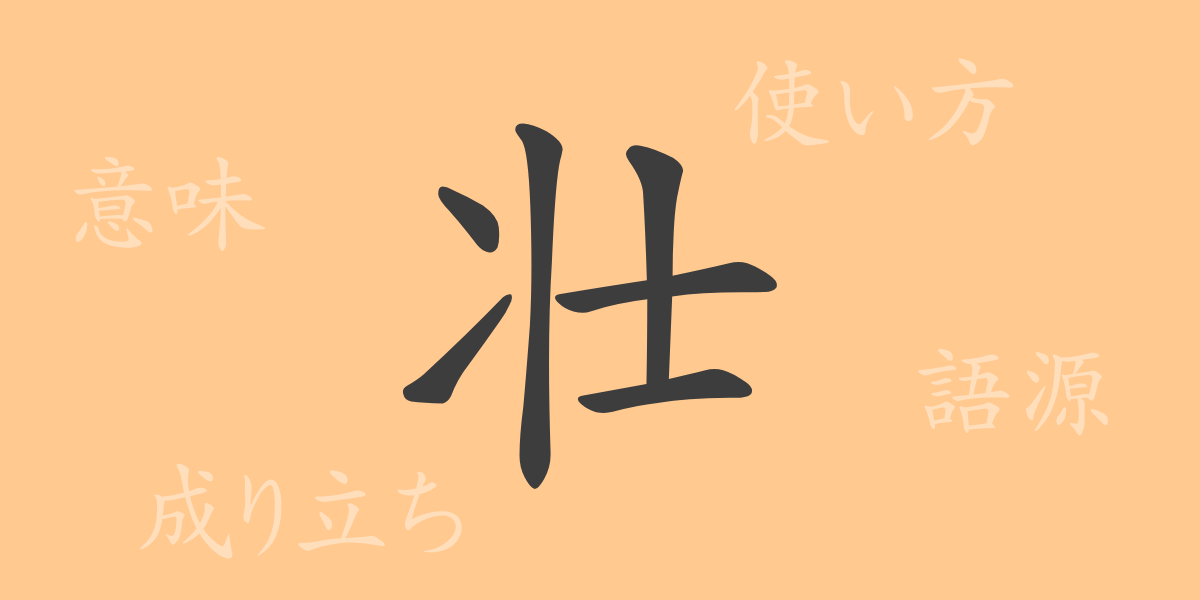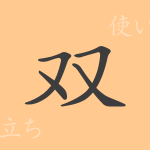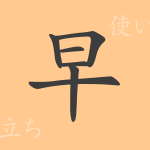Each Kanji in the Japanese language has its own unique beauty and deep meaning. “壮” (ソウ) is a character frequently encountered in daily life, yet many are unfamiliar with its historical background and meanings. This article will explore “壮” (ソウ) from its origins to its uses, readings, stroke count, radicals, and the idioms and proverbs associated with it, delving deep into the charm of this Kanji.
Origins of 壮 (ソウ)
The Kanji “壮” (ソウ) dates back to ancient China and evolved from pictographs. Initially, it depicted a robust adult male standing with his hands on his hips. Over time, “壮” (ソウ) came to symbolize strength, vigor, and grandeur.
Meaning and Usage of 壮 (ソウ)
“壮” (ソウ) means ‘vigorous,’ ‘powerful,’ and ‘magnificent.’ It is also used in words such as “壮大” (ソウダイ) and “壮麗” (ソウレイ) to describe something grand or splendid. In terms of age, “壮年” (ソウネン) refers to one’s middle-aged years.
Readings, Stroke Count, and Radical of 壮 (ソウ)
Basic information about the Kanji “壮” (ソウ) includes:
- Readings: On’yomi (Sino-Japanese reading) is “ソウ” (ソウ), with no specific kun’yomi (native Japanese readings).
- Stroke Count: A total of 6 strokes.
- Radical: The radical is “士” (サムライ).
Phrases, Idioms, and Proverbs Using 壮 (ソウ) and Their Meanings
There are numerous idioms and phrases that include “壮” (ソウ), enriching the expressions in the Japanese language. For example, “壮絶” (ソウゼツ) describes an intense situation, “壮行” (ソウコウ) refers to a send-off ceremony, and “壮健” (ソウケン) means being healthy and robust. Each of these expressions conveys strength or vibrancy in its respective context.
Summary on 壮 (ソウ)
The Kanji “壮” (ソウ) helps deepen understanding of the Japanese language through its historical context and meanings. Evoking the vigor of youth and the grandeur of vast landscapes, “壮” (ソウ) continues to live powerfully within the language. Through the idioms and phrases introduced here, we hope you can appreciate the unique charm of “壮” (ソウ).

























